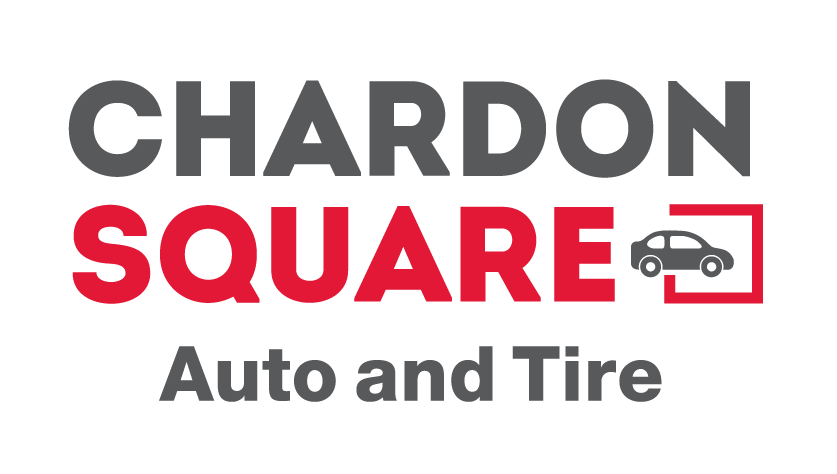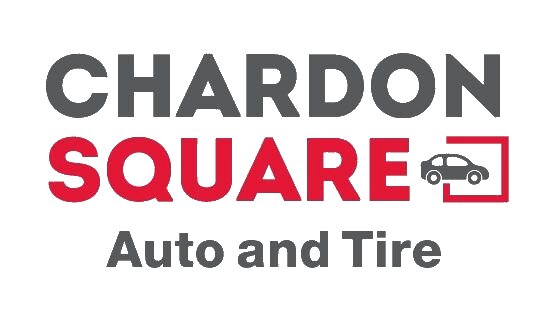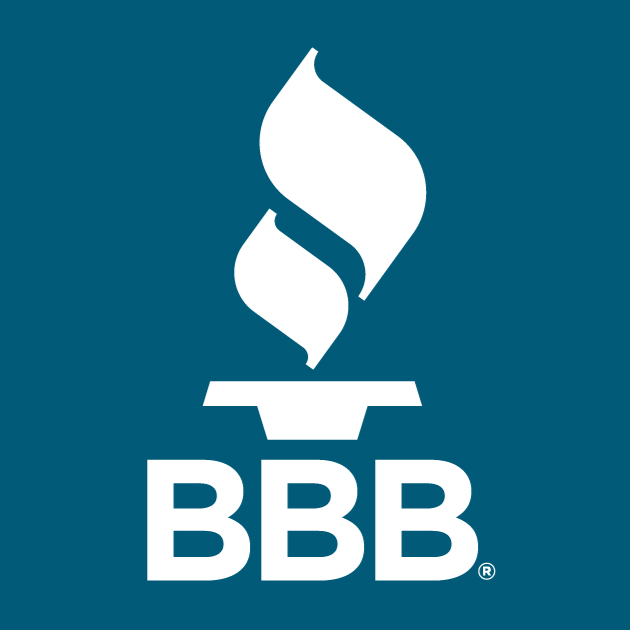Brake Service Chardon, OH
Grinding, Squeaking Brakes?
If you hear grinding, squealing or feel vibration when you are trying to stop, let the auto repair team at Chardon Square Auto & Tire evaluate your brakes. The safety of you and your family may depend on it!
Over time, brakes pads and rotors need to be replaced. Grinding and squeaking are your vehicle’s way of letting you know that your brakes aren’t working optimally. And, given the challenging road conditions in Lake and Geauga county, you want to make sure you and your family members have dependable brakes.
Don’t wait to have your brakes inspected.
Call the friendly team at Chardon Square Auto & Tire today to schedule a complimentary brake assessment at our Chardon location.
About Your Car’s Brakes
Your vehicle likely has one of two types of brakes -- disc or drum. Here’s a little information on how they work.
Disc brakes consist of a Disc Brake Rotor, which is attached to the wheel, and a Caliper, which holds the Disc Brake Pads. Hydraulic pressure from the Master Cylinder causes the Caliper Piston to clamp the Disc Brake Rotor between the Disc Brake Pads. This creates friction between the pads and rotor, causing your car to slow down or stop.
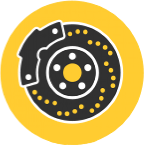
Drum brakes consist of a Brake Drum attached to the wheel, a Wheel Cylinder, Brake Shoes and Brake Return Springs. Hydraulic pressure from the Master Cylinder causes the Wheel Cylinder to press the Brake Shoes against the Brake Drum. This creates friction between the shoes and drum to slow or stop your car.
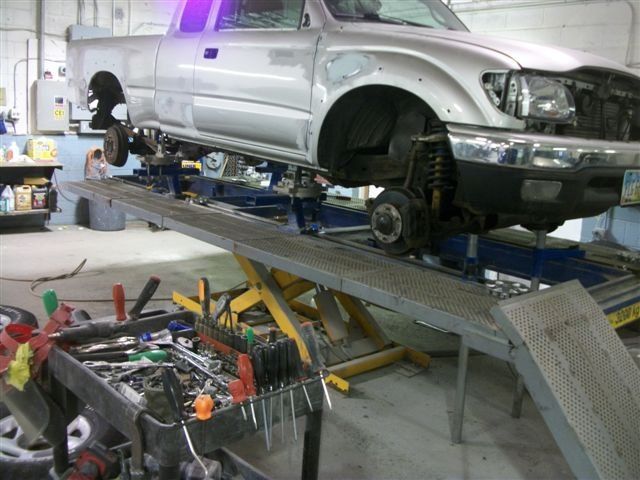
The brake system equipped in your vehicle is a culmination of over 100 years of technological innovation, transforming crude stopping mechanisms into dependable and efficient pieces of speed variation equipment. While brake systems vary by make and model, the basic system consists of disc brakes in front and either disk or drum brakes in the rear. Connected by a series of tubes and hoses, your brakes are linked to each wheel and the master cylinder by said network, which supply them with vital brake fluid (hydraulic fluid).
At Chardon Square Auto & Tire, our experienced mechanics will take care of all of your brake need. Here is an overview of the critical components that make braking possible:
- Master Cylinder: When it comes to your vehicle, think of the master cylinder as a pressure converter. When you press down on the brake pedal (physical pressure), the master cylinder converts this to hydraulic pressure. This pressure is used to propel brake fluid to the wheel brakes.
- Brake Lines and Hoses: Steel braided brake lines and high pressure, shock, and road resistant brake hoses are the channels which deliver pressurized brake fluid to the braking unit(s) at each wheel.
- Wheel Cylinders and Calipers: Wheel cylinders consist of cylinders surrounded by two rubber-sealed pistons that connect the piston with the brake shoe. When brake pressure is applied, pistons are forced out, pushing the shoes into the drum. Calipers squeeze brake pads onto the rotor to stop your car. Both components apply pressure to friction materials.
- Disc Brake Pads and Drum Brake Shoes: A disc brake uses fluid (released by the master cylinder) to force pressure into a caliper, where it presses against a piston. The piston then squeezes two brake pads against the rotor, forcing it to stop. Brake shoes consist of a steel shoe with a steel shoe with friction material bonded to it.
If you have questions about the performance of your brakes and braking system, call Chardon Square Auto & Body today. Our ASE certified auto repair technicians can take care of everything from the most minor brake adjustment to a complete braking overhaul. Call today!
